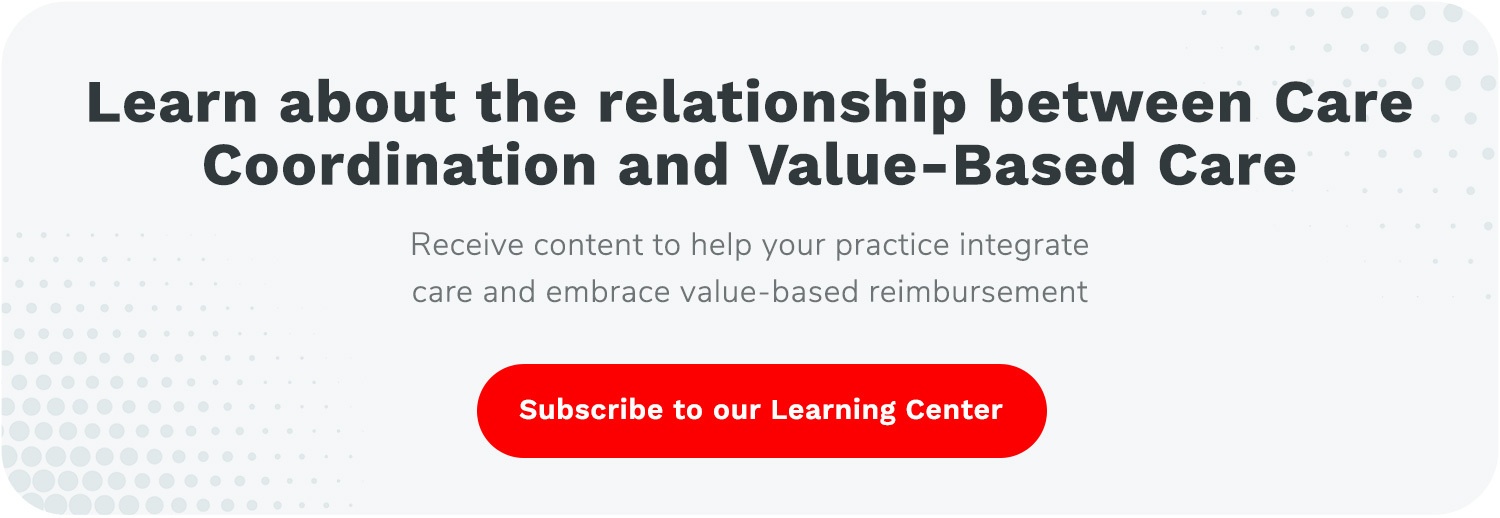advanced primary care management
10 Service Elements of Advanced Primary Care Management
Are you familiar with the ten service elements of the new Medicare program Advanced Primary Care Management? In this video, we’ll break down these elements to help you better understand the program and learn how to effectively deliver these services to your patients.
Advanced Primary Care Management (APCM) was created by CMS to support providers in delivering continuous, comprehensive care to patients. The program also aligns reimbursement with outcomes rather than volume, supporting the transition from fee-for-service to value-based care.
While there are no specific time requirements for the program, the completion of 10 service elements is mandatory. These elements should be provided based on the individual clinical needs of each patient. It is not necessary to deliver all service elements every month. Providers have the discretion to determine which elements are essential for each patient's level of care and when to implement them.
10 Service Elements of APCM
The first service element is Patient Consent. Like other care management programs, providers must inform patients about their eligibility, cost-sharing, rights to discontinue services, and obtain verbal or written consent to participate in APCM services.
The second service element is an Initiating Visit. For new patients, an initial visit is required unless the patient has been seen within the past three years or has received care management services, such as Chronic Care Management, Principal Care Management, or Remote Patient Monitoring, from another provider in the same practice within the previous year.
Next is 24/7 access and continuity of care. You’ll need to make sure that patients can contact a member of their care team and have real-time access to their medical information. This includes routine appointment scheduling with designated care team members and alternative care delivery options.
The fourth service element is Comprehensive care management. An APCM program is similar to CCM and PCM but is more organized and proactive in its approach. It focuses on understanding needs and providing preventive services. The program ensures effective medication management and supports individuals in becoming self-sufficient. It also includes support for Social Determinants of Health and Behavioral Health services.
Patient-centered care plan is the fifth service element. Develop, implement, revise, and maintain an electronic care plan that the care team and the patient can access. This plan should focus on the needs of the patient and be available electronically, both inside and outside the billing practice.
Number six is the coordination of care transitions between and among health care providers and settings. This includes facilitating referrals to other providers, follow-up after emergency department visits or discharges, and the timely exchange of electronic health information.
The seventh service element is home and community-based care coordination. Ensure continuous communication and coordination among various service providers, including social services and community-based support. Emphasize documenting the patient's psychosocial and functional needs, goals, and preferences.
Enhanced communication methods is the eight service element. Providers must use methods for communication that do not require in-person visits. This includes secure text messaging, email, and patient portals. They should also perform remote evaluations, e-visits, and referrals between professionals.
Number nine is patient population-level management. Analyze data to identify care gaps and offer interventions. This includes risk-stratifying populations based on pre-defined criteria.
Finally, the 10th service element for APCM is performance measurement and reporting. With APCM, providers are required to report primary care quality metrics, total cost of care, and EHR meaningful use. Participation in MIPS, REACH ACO, and other primary care or shared savings programs is essential to meet quality standards.
Learn how ThoroughCare can help deliver value-based care by with more personalized and comprehensive care through our APCM solution.


.jpg)
